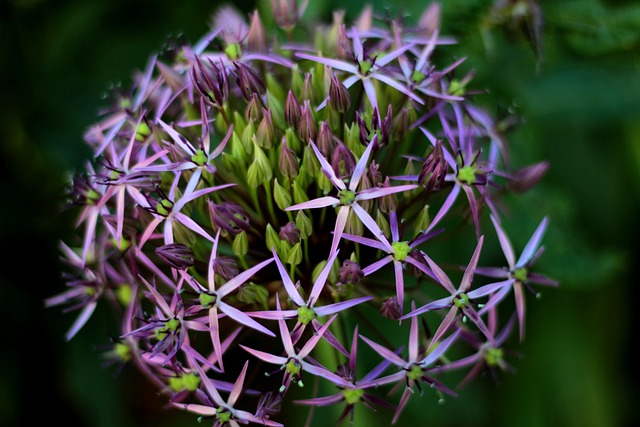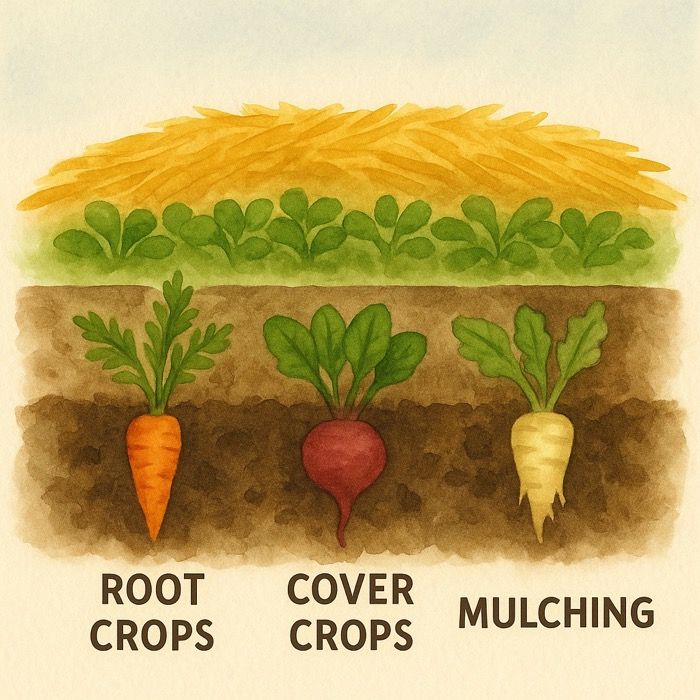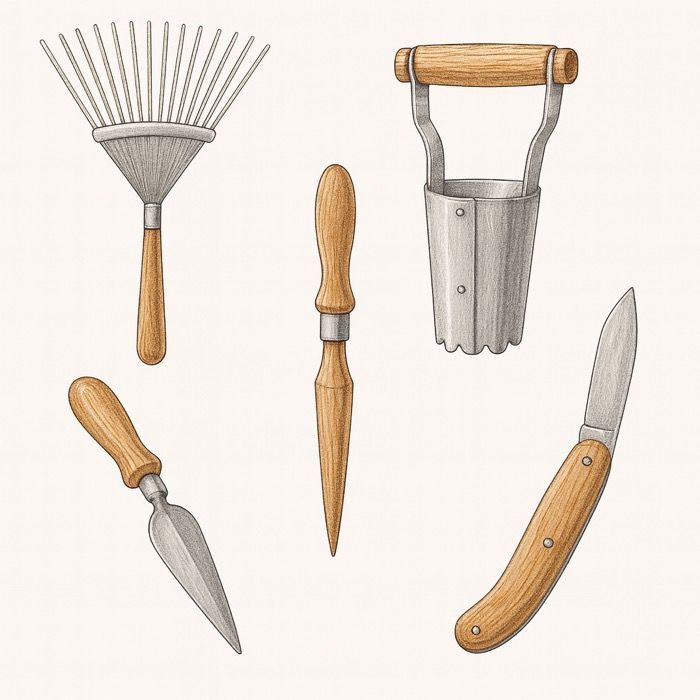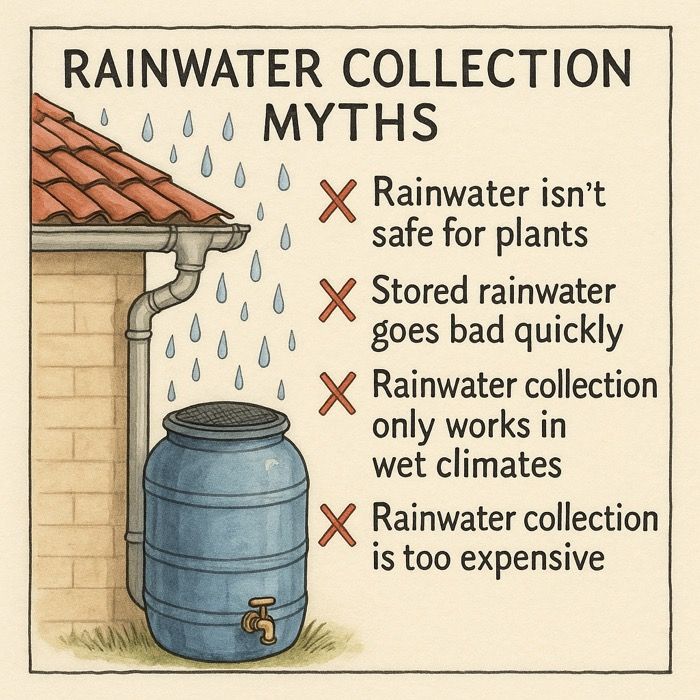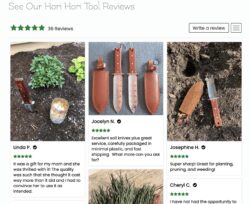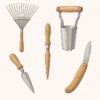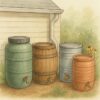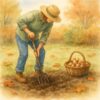Growing Guide: How to Grow Allium for Stunning Blooms and Flavorful Harvests
Ornamental Onions for Stunning Flower Blooms
Alliums, often known as ornamental onions or flowering onions, are a striking and versatile addition to any garden. With their globe-like flower heads and rich flavors, alliums not only add aesthetic beauty but can also be grown for culinary purposes. Here’s everything you need to know about growing alliums and enjoying their vibrant blooms and delicious harvests.
Scientific Name and Classification
- Scientific Name: Allium spp.
- Common Name: Allium, ornamental onion, flowering onion
- Family: Amaryllidaceae
- Native Range: Northern Hemisphere, including parts of Europe, Asia, and North America
- Plant Type: Perennial bulb
Alliums belong to the genus Allium, which includes both ornamental varieties and edible ones, such as garlic (Allium sativum), onions (Allium cepa), and chives (Allium schoenoprasum). They are widely cultivated for their striking spherical flower heads and, in the case of some species, for their culinary uses.
Choosing the Right Allium Variety
When selecting an allium variety, consider both your aesthetic goals and the plant’s requirements. Here are eight popular allium varieties that stand out in gardens for their beauty and, in some cases, culinary uses:
- Allium giganteum – One of the tallest alliums, reaching up to 4-5 feet tall. It produces giant, globe-like purple flowers in late spring. A showstopper in any garden.
- Allium ‘Purple Sensation’ – Known for its deep violet blooms that stand on 2-3 feet tall stems. This early bloomer adds a pop of color in the spring.
- Allium schoenoprasum (Chives) – A culinary favorite, with thin, grassy leaves and small purple flower heads. Chives are perfect for edging vegetable gardens and are edible.
- Allium sativum (Garlic) – Widely grown for its flavorful bulbs, garlic is a must-have for kitchen gardens. The plant also produces lovely white or pinkish flowers.
- Allium christophii (Star of Persia) – This ornamental allium has stunning star-shaped, metallic lavender flowers and blooms in early summer. It grows up to 2 feet tall.
- Allium cepa (Onion) – A common kitchen staple, onions are not only essential for cooking but also produce lovely blooms if left to flower.
- Allium moly (Golden Garlic) – A shorter variety, this allium has striking yellow blooms and is perfect for rock gardens or borders.
- Allium karataviense – This compact variety produces wide, grayish leaves with short, globe-shaped white or pale pink flowers. Ideal for container gardening or smaller spaces.
When selecting your variety, be sure to match the plant to your growing conditions, as some alliums prefer full sun, while others tolerate light shade. Many ornamental alliums are hardy in USDA Zones 4-9, while edible varieties like garlic and onions can thrive in a broader range of zones.
Best Time to Plant Allium Bulbs
For the best blooms, plant allium bulbs in fall. Ideally, you should plant them when the soil temperature has cooled down to around 60°F (15°C), which is typically in late September to early November, depending on your zone.
Planting in the fall allows the bulbs to establish strong roots before winter, and they’ll reward you with impressive blooms in late spring to early summer.
Master Gardener Tip: Maximizing Allium Blooms with Proper Spacing
Master Gardener Steve
One lesser-known tip for growing thriving alliums is strategic spacing. While most gardeners know to space alliums for air circulation, giving them a bit more room than recommended—especially for larger varieties—can significantly improve both bloom size and longevity. Allow at least 12-18 inches for ornamental alliums, even if your variety suggests less.
Ideal Growing Conditions
Sunlight
Alliums thrive in full sun and require at least 6 hours of direct sunlight each day for optimal growth and flowering.
Soil
Alliums prefer well-drained soil that’s rich in organic matter. Sandy or loamy soil is ideal for preventing waterlogging, which can cause bulbs to rot. If your soil is heavy or clay-like, mix in compost or sand to improve drainage.
Watering
Once established, alliums are drought-tolerant and only require moderate watering. Overwatering should be avoided, especially when bulbs are dormant.
USDA Hardiness Zones
Most alliums grow best in USDA Zones 4-9. Ornamental alliums like Allium giganteum and Allium christophii prefer zones 4-9, while edible alliums like garlic and onions can grow in zones 3-9, depending on the variety. Ensure that your selected allium variety is suitable for your climate.
How to Plant Allium Bulbs
- Dig a hole about 2 to 3 times the height of the bulb. For most allium bulbs, this is typically 4 to 6 inches deep.
- Place the bulb in the hole with the pointy end facing up.
- Space the bulbs about 6 to 8 inches apart for small varieties, and 12 to 18 inches apart for larger allium species.
- Cover the bulbs with soil, and water them lightly after planting to settle the soil.
Caring for Alliums
Mulching
After planting, cover the soil with a layer of mulch to help retain moisture, suppress weeds, and protect the bulbs from winter freeze.
Fertilizing
Alliums typically don’t require much feeding. However, to encourage strong blooms, you can apply a balanced, slow-release fertilizer in the spring as new growth appears.
Deadheading
After blooming, cut back the flower heads if you don’t want them to self-seed. Leave the stems and foliage until they die back naturally, as the plant will use this energy to store nutrients for the following year.
Common Pests and Problems
Alliums are generally pest-resistant due to their strong, onion-like scent, which repels many insects and animals. However, you may occasionally encounter onion maggots or thrips. To avoid these pests, rotate your crops each year and ensure proper spacing for airflow.
If your allium bulbs are failing to bloom or are rotting, poor drainage may be the issue. Make sure the soil is well-drained, especially over winter when bulbs are dormant.
Harvesting Culinary Alliums
If you’re growing edible alliums like garlic, onions, or chives, harvest them based on the variety. For garlic and onions, harvest when the leaves turn yellow and start to flop over. Chives can be snipped at any time during the growing season for fresh use in the kitchen.
Overwintering and Long-Term Care
Alliums are perennial in most climates, and their bulbs can survive winter with minimal care. If you’re in a zone with harsh winters, mulching can help protect the bulbs from freeze-thaw cycles. You can also leave the bulbs in the ground year after year, and they will multiply and produce more blooms over time.
For culinary varieties like garlic and onions, you may need to replant each season for continuous harvests, but ornamental alliums will naturalize if left undisturbed.
Frequently Asked Questions
1. Can I grow alliums in containers?
Yes! Alliums grow well in containers as long as the container is deep enough to accommodate the bulb’s size and has good drainage. Use a potting mix enriched with compost and water moderately.
2. Are all parts of alliums edible?
Not all alliums are edible. Varieties like garlic, onions, and chives are safe to eat, while some ornamental alliums are grown solely for their blooms and are not considered edible. Always confirm if a variety is culinary before consuming.
3. Can alliums grow in partial shade?
Alliums prefer full sun, but they can tolerate partial shade, especially in warmer climates. However, flowering may not be as prolific in shadier spots.
Conclusion
Alliums are a versatile and stunning addition to any garden, offering both beauty and function. Whether you’re looking to create eye-catching blooms with ornamental alliums or grow flavorful garlic and onions, these easy-to-care-for plants are well worth the effort. With proper planting, minimal maintenance, and the right growing conditions, your alliums will reward you year after year with vibrant flowers and tasty harvests.
Happy gardening!

